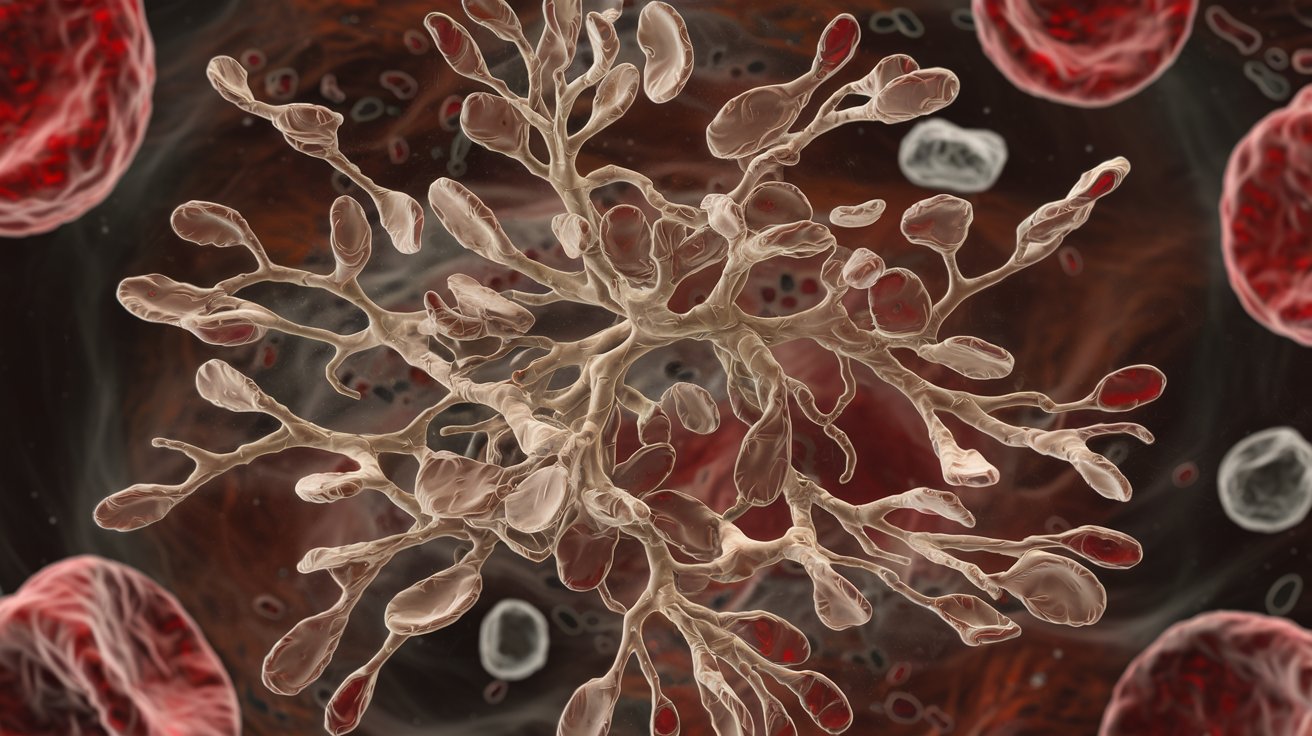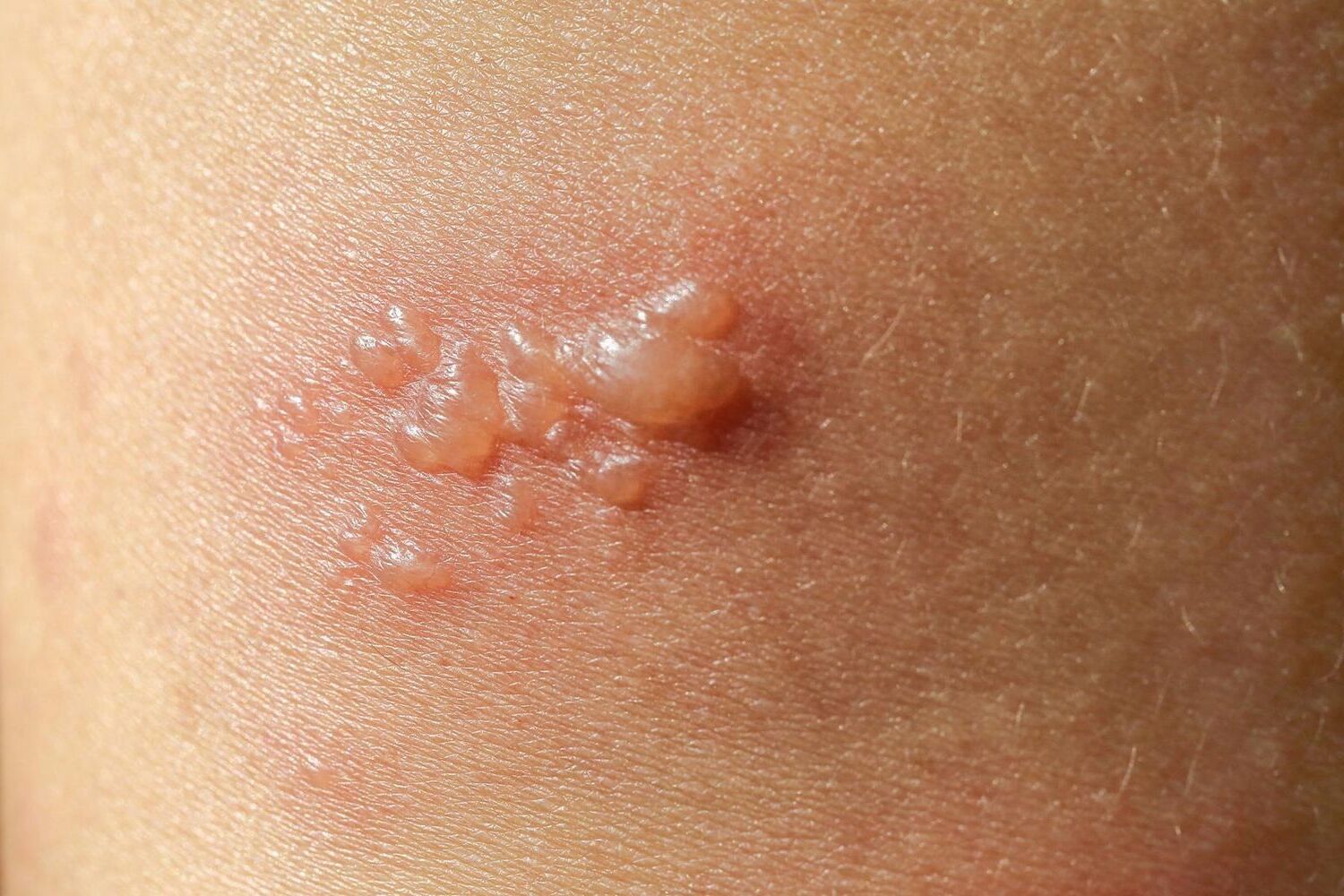
Blood platelet disorders can be puzzling, but understanding them is crucial for managing health. Platelets, tiny cell fragments in blood, play a key role in clotting, preventing excessive bleeding. When something goes wrong with platelets, it can lead to various disorders. These disorders might cause too few platelets (thrombocytopenia), too many (thrombocytosis), or platelets that don't work right. Symptoms range from easy bruising and frequent nosebleeds to severe bleeding and clotting issues. Diagnosing these conditions involves blood tests and sometimes bone marrow exams. Treatments vary widely, from medications to lifestyle changes, depending on the specific disorder. Let's dive into 20 essential facts about these conditions.
Understanding Blood Platelets
Blood platelets, or thrombocytes, are tiny but mighty components of our blood. They play a crucial role in clotting and wound healing. Let's dive into some fascinating facts about these essential blood elements and the disorders that affect them.
-
Role of Platelets in Blood Clotting
Platelets are the smallest blood components, responsible for initiating the clotting process. When a blood vessel gets injured, platelets rush to the site, clumping together to form a plug that seals the wound and prevents further bleeding. -
Formation of Platelets
Platelets are produced in the bone marrow from large cells called megakaryocytes. These cells mature and release platelets into the bloodstream. Most platelets circulate in the blood, while some stay in the spleen. They have a short lifespan, living just over a week. -
Normal Platelet Count
A healthy adult has a platelet count ranging from 150,000 to 450,000 platelets per microliter of blood. Counts below 150,000 or above 450,000 suggest a platelet disorder. A complete blood count (CBC) test helps determine the platelet count.
Types of Platelet Disorders
Platelet disorders can be broadly categorized into three main types. Each type affects the body differently and requires specific attention.
-
Thrombocytopenia
Thrombocytopenia is a condition where the platelet count is too low, leading to excessive bleeding. It can be caused by various factors, including medications, autoimmune diseases, or bone marrow problems. -
Thrombocytosis
Thrombocytosis occurs when the platelet count is too high, causing abnormal blood clotting. This can increase the risk of heart attack and stroke. It may result from bone marrow disorders or other medical conditions. -
Platelet Dysfunction Disorders
In these disorders, platelets are present in normal numbers but do not function properly. This can lead to bleeding problems despite having a normal platelet count.
Causes and Symptoms of Platelet Disorders
Understanding the causes and symptoms of platelet disorders can help in early diagnosis and treatment.
-
Causes of Platelet Disorders
Platelet disorders can be inherited or acquired. Inherited disorders include Bernard Soulier syndrome, Glanzmann’s thrombasthenia, and Hermansky Pudlak syndrome. Acquired disorders may result from medications, autoimmune diseases, or other medical conditions. -
Symptoms of Platelet Disorders
Common symptoms include easy bruising, excessive bleeding from the mouth or nose, tiny red and purple dots on the skin (petechiae), and bruises from blood vessels under the skin (purpura). Symptoms can vary in severity and may appear at different life stages.
Specific Platelet Disorders
Some platelet disorders are rare but have significant impacts on health. Here are a few notable ones.
-
Bernard Soulier Syndrome
This rare inherited condition features large platelets and a deficiency of a surface protein that helps them stick together. Symptoms include frequent nosebleeds, bleeding gums, and easy bruising. Bleeding can be life-threatening, especially during pregnancy or menstruation. -
Glanzmann’s Thrombasthenia
Another inherited disorder where platelets lack the glycoprotein IIb/IIIa complex, essential for platelet aggregation. Symptoms include prolonged bleeding after injury or surgery, easy bruising, and frequent nosebleeds. -
Hermansky Pudlak Syndrome
This rare genetic disorder affects platelet function and other systems, characterized by albinism, bleeding problems, and lung disease. It results from mutations in genes involved in the formation and function of platelets and other cellular components. -
Thrombocytopenia with Absent Radius (TAR) Syndrome
A rare genetic disorder marked by a low platelet count and the absence of one or both radii. It often comes with other congenital abnormalities and can lead to severe bleeding complications.
Acquired Platelet Disorders
Some platelet disorders develop due to external factors or other health conditions.
-
Thrombotic Thrombocytopenic Purpura (TTP)
TTP is an acquired disorder caused by a deficiency of ADAMTS13, an enzyme that regulates von Willebrand factor. It leads to blood clots in small blood vessels, resulting in low platelet count, microangiopathic hemolytic anemia, and renal failure. Symptoms include fever, fatigue, and neurological issues. -
Immune Thrombocytopenia (ITP)
ITP is an autoimmune disorder where the immune system mistakenly attacks and destroys platelets. It can be acute or chronic, diagnosed by a low platelet count and the presence of anti-platelet antibodies. Symptoms include easy bruising, petechiae, and purpura. Treatments include corticosteroids, immunoglobulin, and splenectomy.
Diagnosing and Treating Platelet Disorders
Accurate diagnosis and effective treatment are crucial for managing platelet disorders.
-
Diagnosis of Platelet Disorders
Diagnosis involves clinical evaluation, laboratory tests, and imaging studies. Common tests include a complete blood count (CBC), platelet aggregation tests, bone marrow examination, and imaging studies to identify structural abnormalities in the spleen or other organs. -
Treatment of Platelet Disorders
Treatment varies depending on the specific disorder. Options include medications like corticosteroids, immunoglobulin, and thrombopoietin receptor agonists, splenectomy (surgical removal of the spleen), and bone marrow transplantation in severe cases.
Living with Platelet Disorders
Managing platelet disorders often involves lifestyle adjustments and ongoing medical care.
-
Lifestyle Changes
While no specific lifestyle changes can increase platelet count, managing underlying medical conditions and working closely with healthcare providers can improve platelet function. Avoiding medications that affect platelet count and maintaining a healthy lifestyle are also important. -
Complications of Platelet Disorders
Complications can arise from both low and high platelet counts. Low platelet counts (thrombocytopenia) can lead to excessive bleeding, while high platelet counts (thrombocytosis) can cause abnormal blood clotting, increasing the risk of heart attack and stroke. -
Blood Clotting and Platelet Disorders
Abnormal blood clotting is a common complication. Clots can form in various parts of the body, including the brain, heart, and lungs, leading to serious conditions like stroke, heart attack, and pulmonary embolism. -
Pregnancy and Platelet Disorders
Pregnancy can exacerbate platelet disorders, particularly ITP. Women with ITP may experience worsening symptoms during pregnancy, and management strategies often need adjustment to ensure both maternal and fetal health.
Understanding Blood Platelet Disorders
Blood platelet disorders are complex but crucial to grasp. These tiny cell fragments play a vital role in clotting, preventing excessive bleeding. Disorders like thrombocytopenia and thrombocytosis can lead to serious health issues, from excessive bleeding to dangerous clots. Genetic conditions like Bernard Soulier syndrome and Glanzmann’s thrombasthenia highlight the importance of platelets in our bodies.
Diagnosis often involves blood tests and bone marrow exams, while treatments range from medications to surgeries like splenectomy. Lifestyle changes and managing underlying conditions can also help.
Ongoing research aims to improve treatments and diagnostic methods, offering hope for better management of these conditions. Understanding the role and function of platelets helps in recognizing symptoms and seeking timely medical advice. Stay informed and proactive about your health.
Was this page helpful?
Our commitment to delivering trustworthy and engaging content is at the heart of what we do. Each fact on our site is contributed by real users like you, bringing a wealth of diverse insights and information. To ensure the highest standards of accuracy and reliability, our dedicated editors meticulously review each submission. This process guarantees that the facts we share are not only fascinating but also credible. Trust in our commitment to quality and authenticity as you explore and learn with us.


